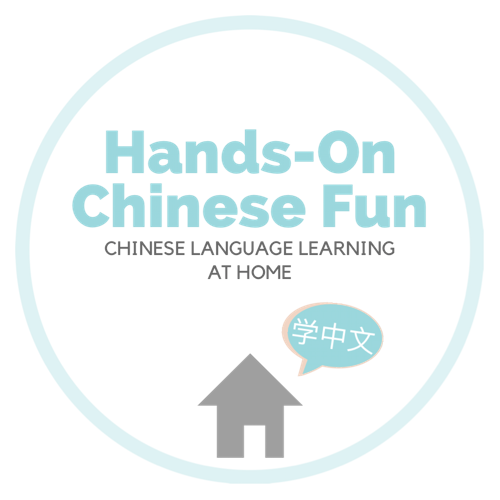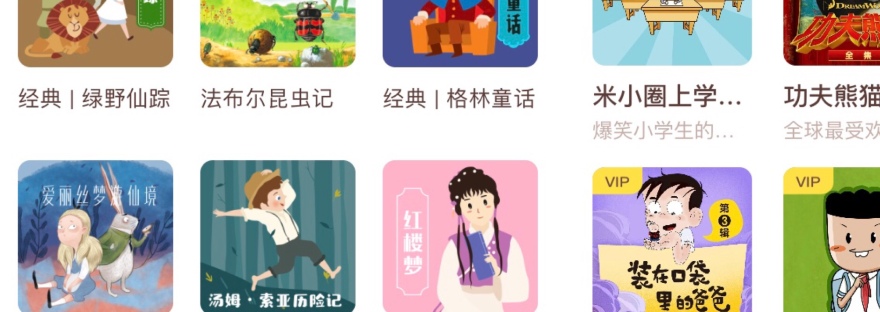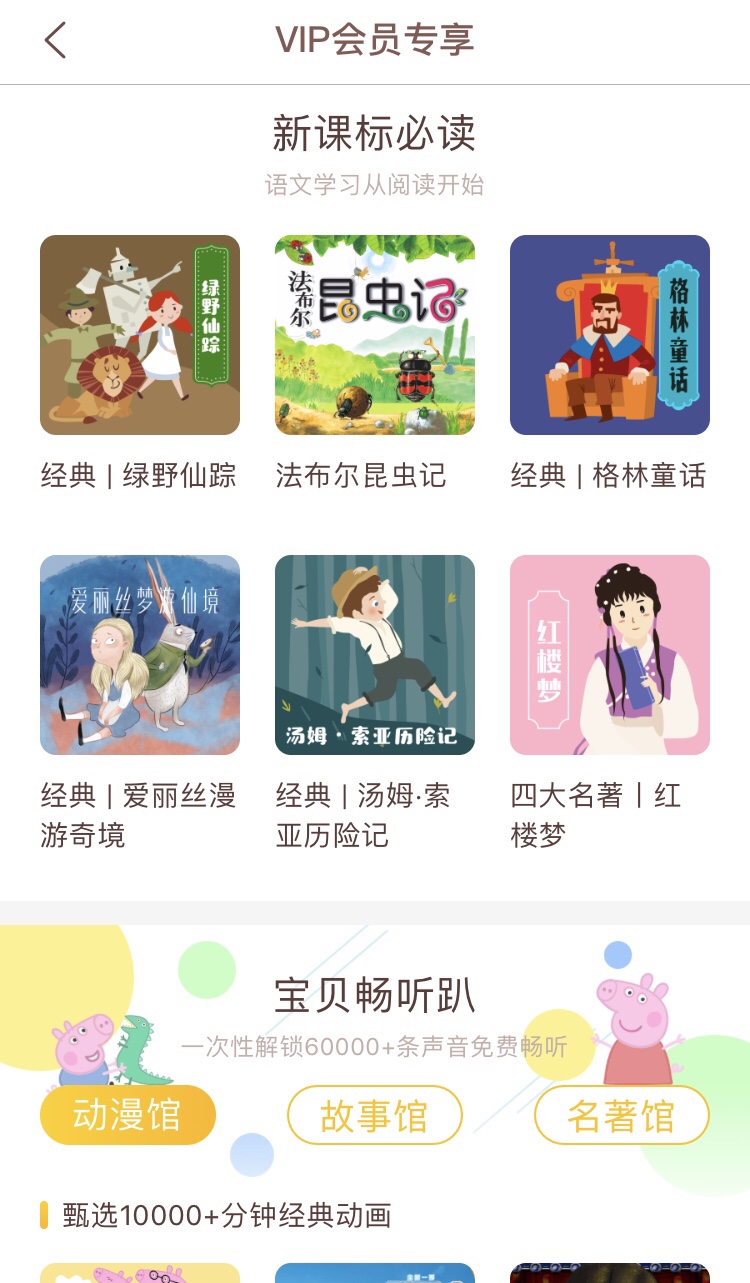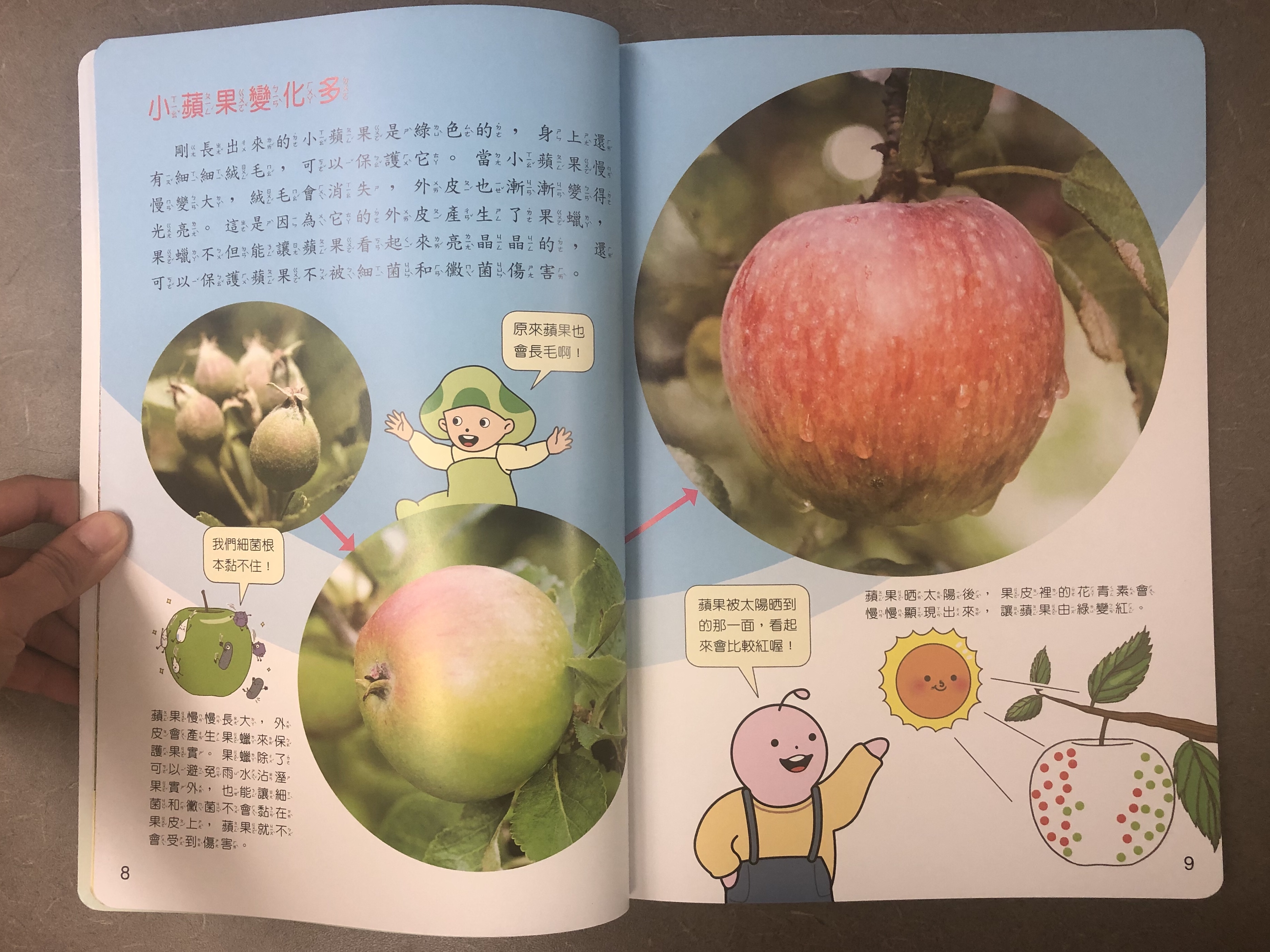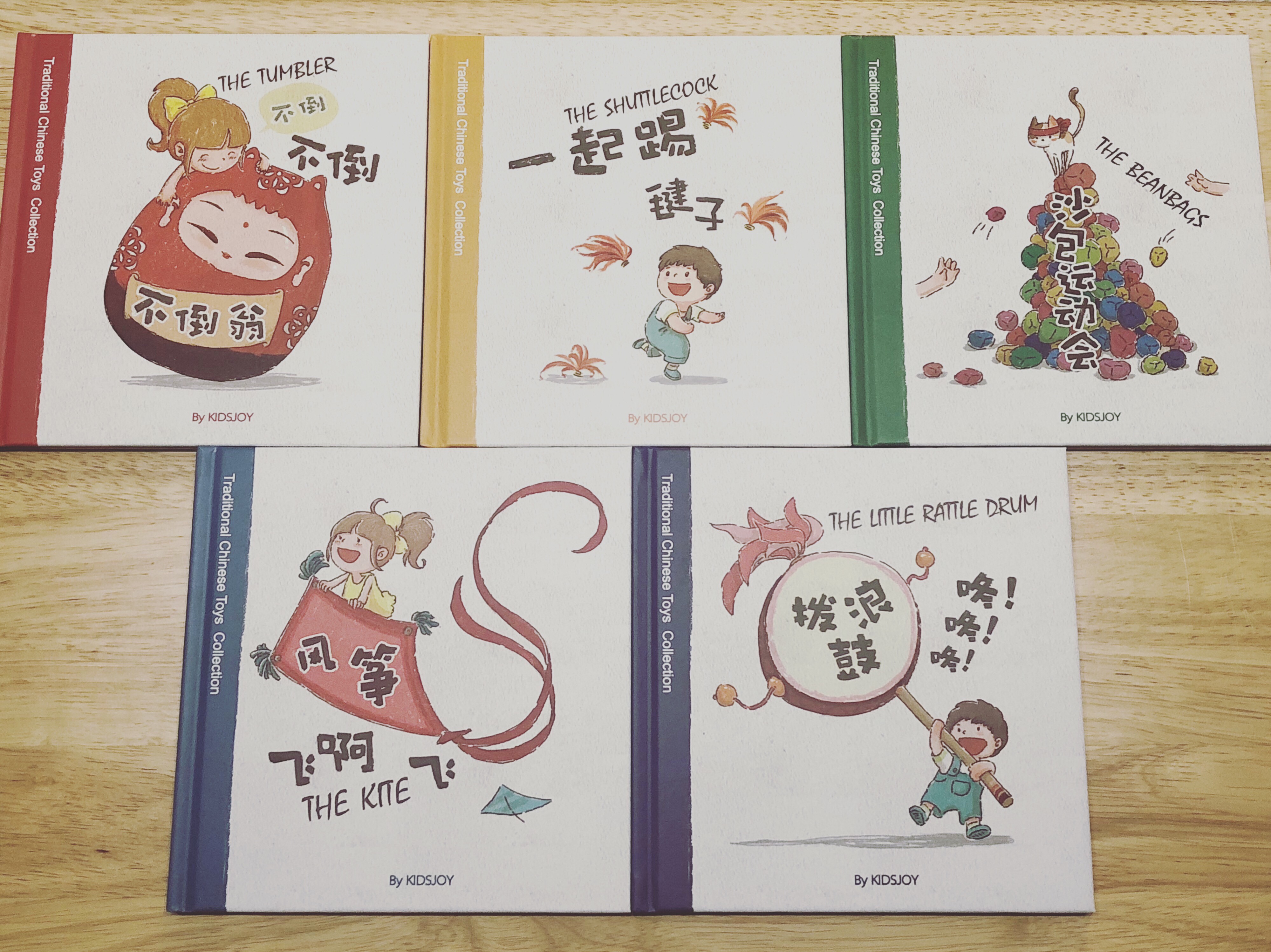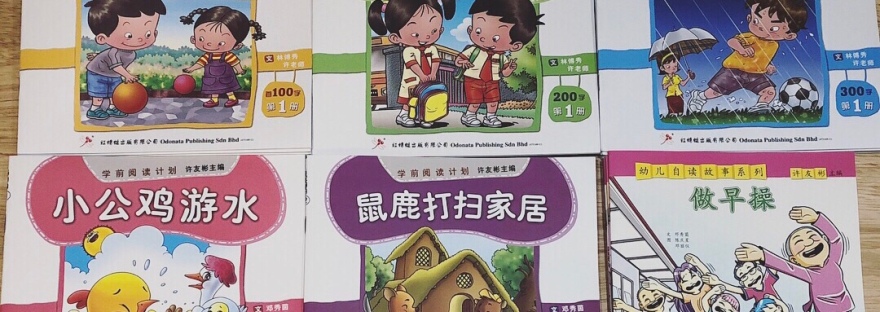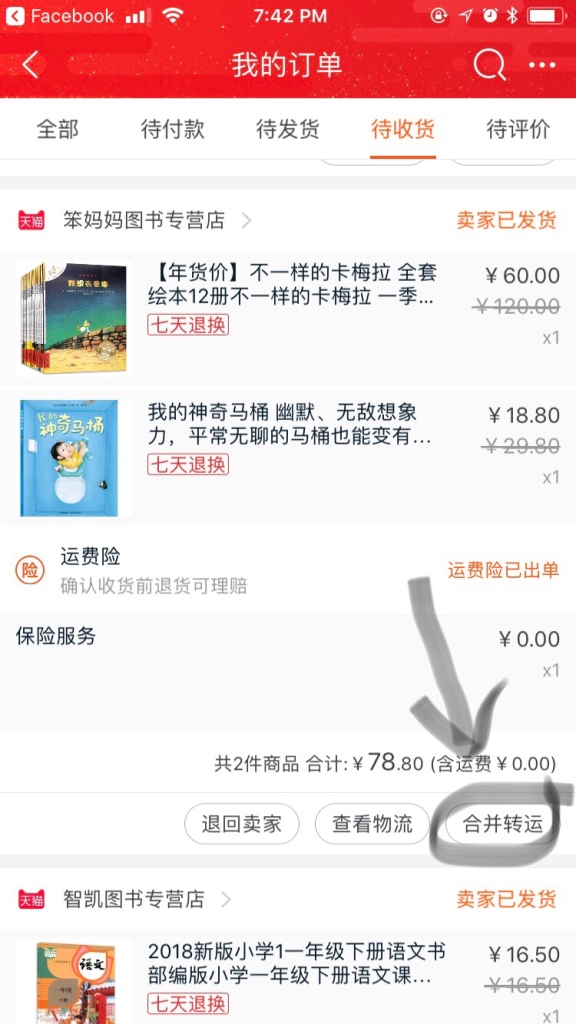Two years ago my friend organized a group buy for Onyx Boox e-ink tablets. I recommend you read her post since it covers basically everything you need to know. I resisted jumping on the bandwagon as I did not feel my son was ready for e-reading at 6 yo.
Fast forward two years. I decided to take the plunge and got a 10.3″ Boox Note Air (released in October 2020) for $479.
What changed my mind? The main reason is that Little Man has been e-reading in English since last summer using a Kobo Clara and now does most of his English reading electronically. This has saved me tons of money (since we borrow books for free from our library), space, time, and convenience not having to make library runs anymore.
Second, his Chinese reading has improved to the point where I think he can read picture-less books fairly soon. He is on the Reading 456 series which has a b/w picture every 10+ pages.
Third, although we LOVE our Kobos (one for each member of our family) for English, the 6″ screen is far too small to display Chinese if you want to use a zhuyin or pinyin font. See my example below. Using the zhuyin font, you end up with only 3 sentences per page, which means you have to keep turning the page. Annoying.
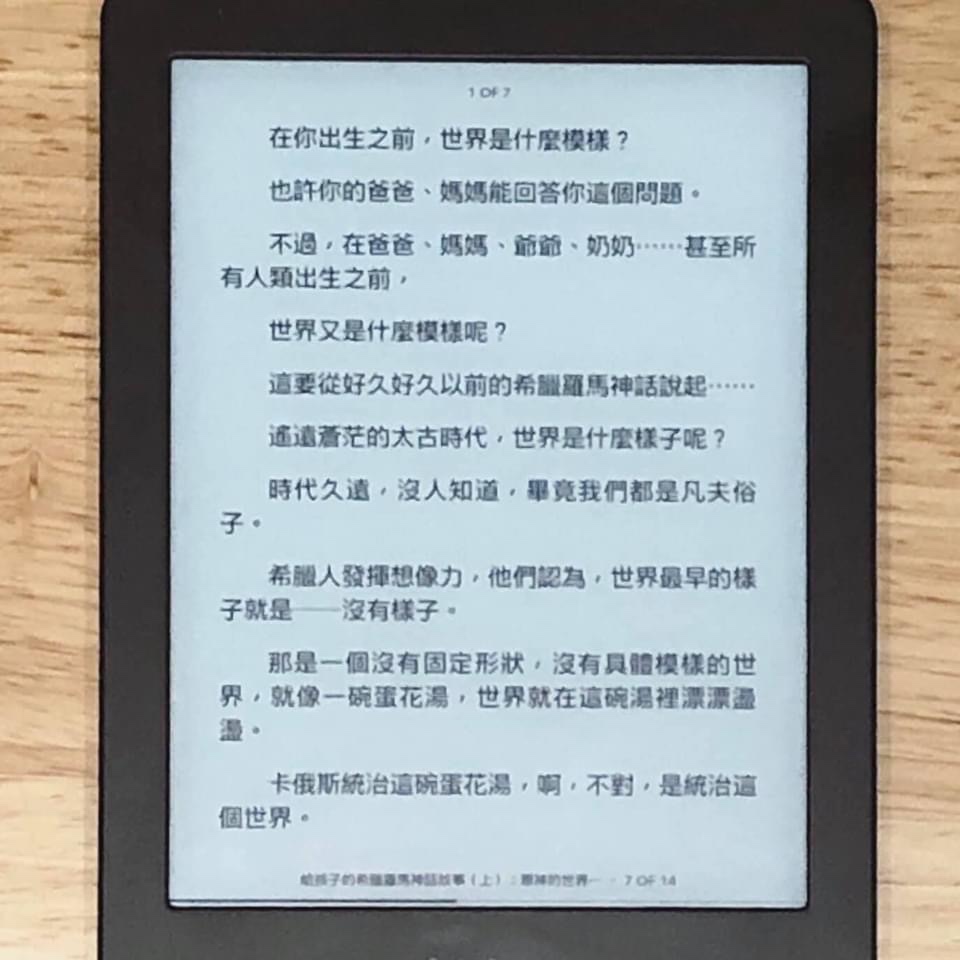

Finally, since Covid hit we’ve had more time at home and started practicing Chinese writing (something I previously said we would not do! Yup I will eat my words). I would like to practice writing without having to print out a ton of paper, hence an e-writing tablet.
Why an E-ink Tablet?
Probably some people are wondering why get an e-ink tablet when you can get a much more powerful iPad for the same price. For me, the main benefits are 1) e-ink is less straining on the eyes, and 2) fewer distractions. It is black and white and doesn’t display videos, social media, games well and hence it will be only for learning purposes.
Using Boox for Writing
Reasons why I am planning to move most of our writing needs to Boox:
- You can download a lot of PDF workbooks for free on the internet. Currently we are practicing writing basic 500 characters using the worksheets my friend shared for free on Motherly Notes FB group.
- For the workbooks we bought, I used VFlat and Adobe Scan apps to quickly scan them into PDF. It takes me about 10-15 mins to scan each workbook using VFlat. You may be wondering why bother to scan when I already own the workbooks. The main benefits are being able to do the pages several times, particularly for things like Chinese character writing practice. If you have multiple children you don’t have to buy multiple copies. Also most workbook pages do not lay flat which is super annoying and difficult for kids to write neatly. The completely flat surface on Boox makes it easier to write without the book spine getting in the way.
- Not having to lug heavy, bulky books around when traveling! The picture below should illustrate this!! It’s nice to have a bank of fun games and activities like Sudoku, word search, mazes… to keep busy in the car, waiting room etc.
- Use it as a notepad to write, scribble, draw. There’s different types of paper like lined, blank, 田字格 (square grid) for Chinese characters.
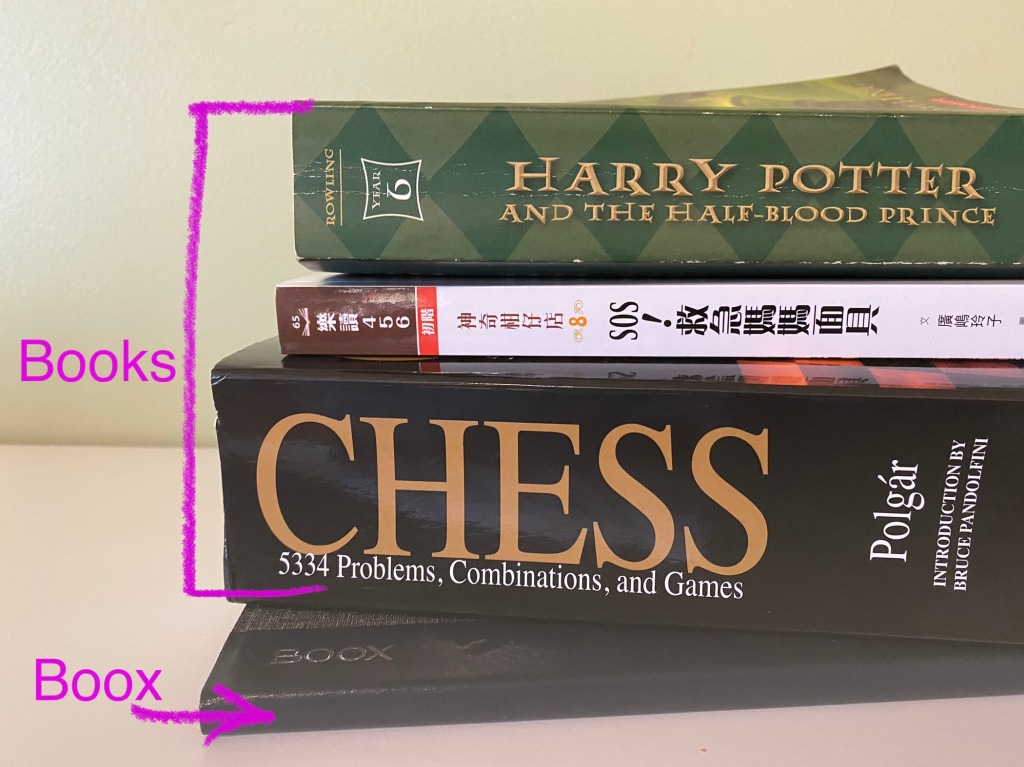
It took me a few days to figure out this writing thing. The first time we tried Chinese character writing I realized the in-built square grid paper was far too small for my son so I found a PDF I liked better online and copied-pasted the file into Boox. So now the paper size is perfect.

I also copied-pasted several PDF files into Boox from my computer using the cable that was provided. I know there’s some wireless ways to transfer and sync files but so far I have not figured this out!!! To be determined…
Reading Apps
Gosh this took me HOURS AND HOURS of research and trial and error. I downloaded and deleted tons of apps before I finally figured out what works for me.
I don’t like having a lot of apps. I just want to keep things simple which means as few apps as I possibly can. This is not an issue for English books as 99% of the books I want can be found on the Libby app. This app is also FREE as I borrow books using my library cards (US and National Library Singapore).
My son also uses Epic and RAZ Kids at school but so far I have not downloaded these apps on Boox. Like I said, I am of the opinion that less is more. Oftentimes when kids have too many choices they just end up browsing around and can’t settle on anything.

Chinese books on the other hand… is far more complicated. You could try to go the route of downloading free ebooks from the internet. DO NOT RECOMMEND. When I tried downloading free Harry Potter books there were tons of broken links and phishing or X-rated websites. And when I finally found some links to download, I found that the versions of HP were not the official versions. The words did not match up with the physical HP books that I owned, so likely they were just translated by people on the internet and not professional translators.
So yes, I gave up on that. I would rather pay for an official ebook than to spend hours downloading a free unofficial (and probably unauthorized) version.
Long story short, my preferred apps for Chinese ebooks are JD Reads (Simplified) and HyRead 3 (Traditional). JD Reads is the electronic version of JD which is where I buy all my paper Simplified Chinese books. The reason I like JD Reads is because has fairly good selection of children’s books and has a pretty good text-to-speech function. The ebooks are not too expensive, e.g. the whole Harry Potter series is about $25 USD. It’s sooo nice not to have to pay for shipping.
Boox comes already pre-installed with JD Reads on it BUT only if you set the device language to Chinese. I noticed that when I set the device language to English, the bookstore only has English books. When the device language is Chinese, the bookstore is JD Reads with Simplified Chinese books. So far I have not figured out a way to have the device language be English and the bookstore be Chinese!
HyRead 3… this is an app from Taiwan. It has a good selection of children’s books such as Doraemon comics, Reading 123, Reading 456. Unfortunately most of these books are in PDF format and hence cannot be read aloud by text-to-speech function. Also in PDF the font is not as clear and font size cannot be adjusted! The positive of HyRead 3 is you can borrow ebooks for free by signing up for a free Taipei Library account. There is a limit of six books per month though.

A big negative about e-reading in Chinese is… only a small percentage of books available electronically. I don’t know why this is. In English you can find virtually any book in ebook format but not so in Chinese. Of our three favorite publishers 親子天下,康軒,三采, only 親子天下 has ebooks. So I would say that e-reading is Chinese still has a long way to go…. Hopefully they will expand their selection with time.
I also looked at the Kindle app for Chinese books but I am not a fan. The selection of Chinese ebooks in the US store is quite limited. There is a much larger selection in the China store but then you need a separate account and I find it too complicated to log in and out of two different Amazon accounts from two countries.
Final Thoughts
Well we have only had it for two weeks so I guess it’s too early for me to tell it’s long term benefit. We use it daily for various forms of writing, and tried some reading on it when we were on vacation last week. I really love that it is multi-functional and we can do all of our subjects (English, Math, Chinese, etc..) on it and was the only thing we had to carry with us while traveling. There are some minor negatives like Boox is quite heavy compared to Kobo, battery life doesn’t last as long (needs to be charged about twice a week). And there’s a learning curve for me to figure out how to use the various functions.
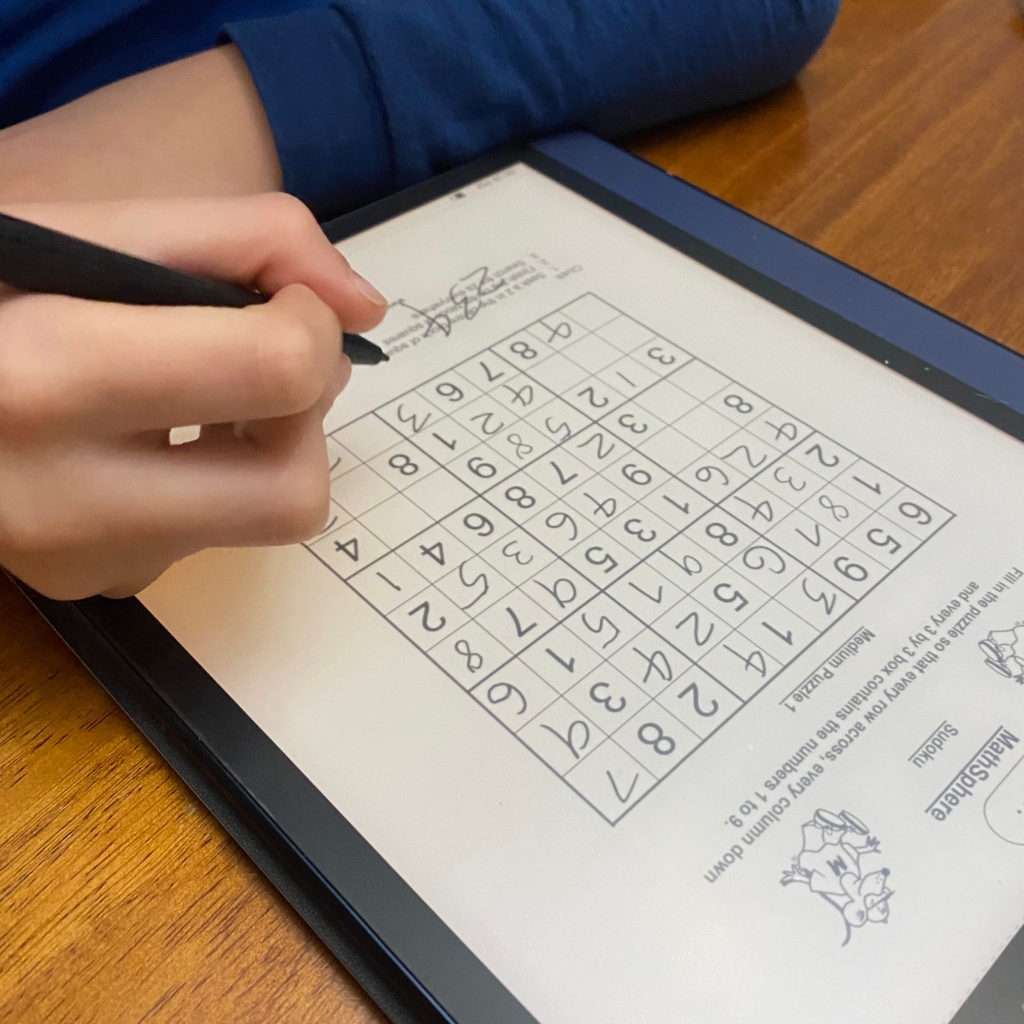
I am really hoping that starting next year (3rd grade) we can do most of our Chinese reading electronically and I can finally stop spending $$$$ on books and breaking my back lugging heavy boxes back from Asia… Fingers crossed!
